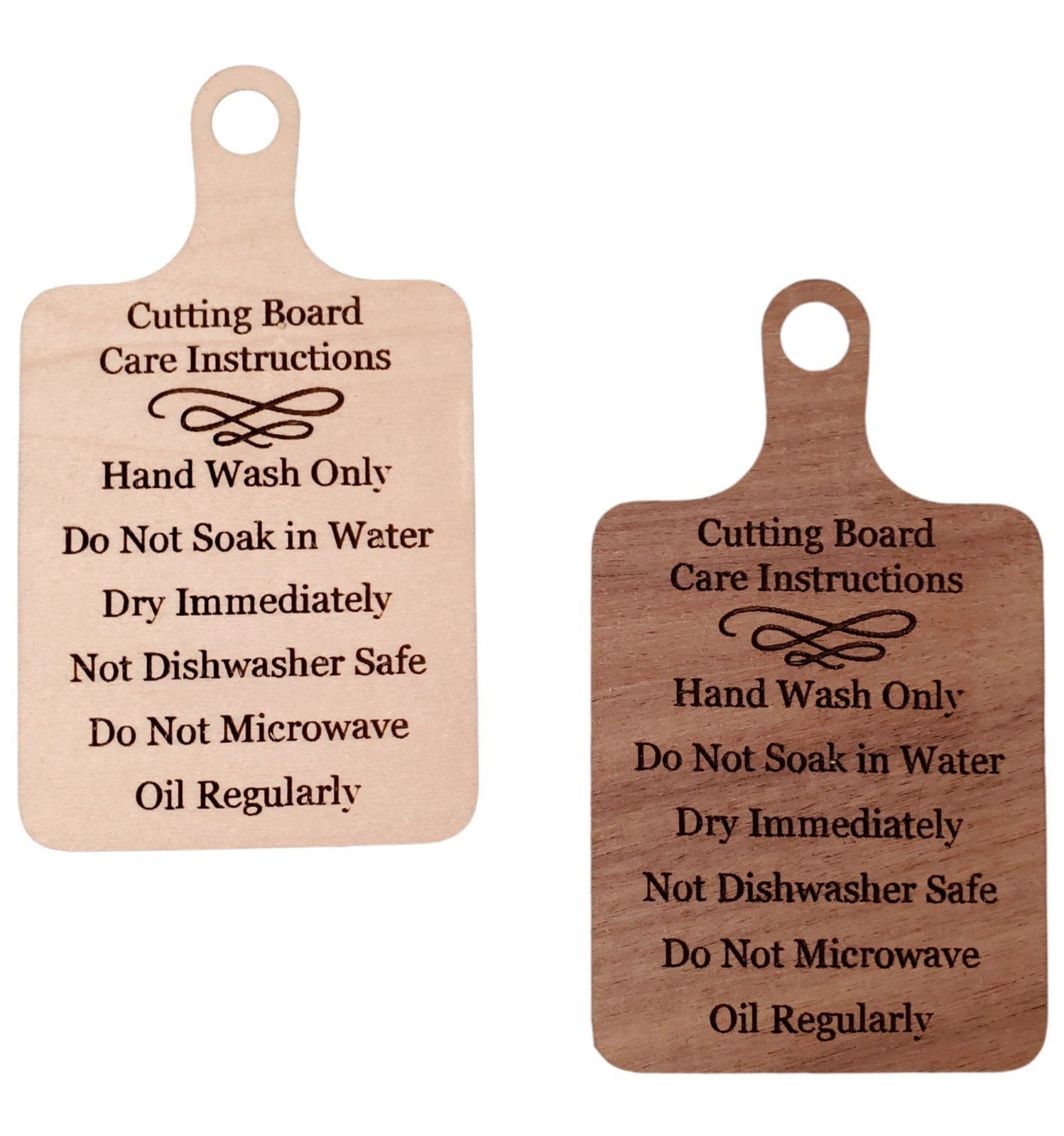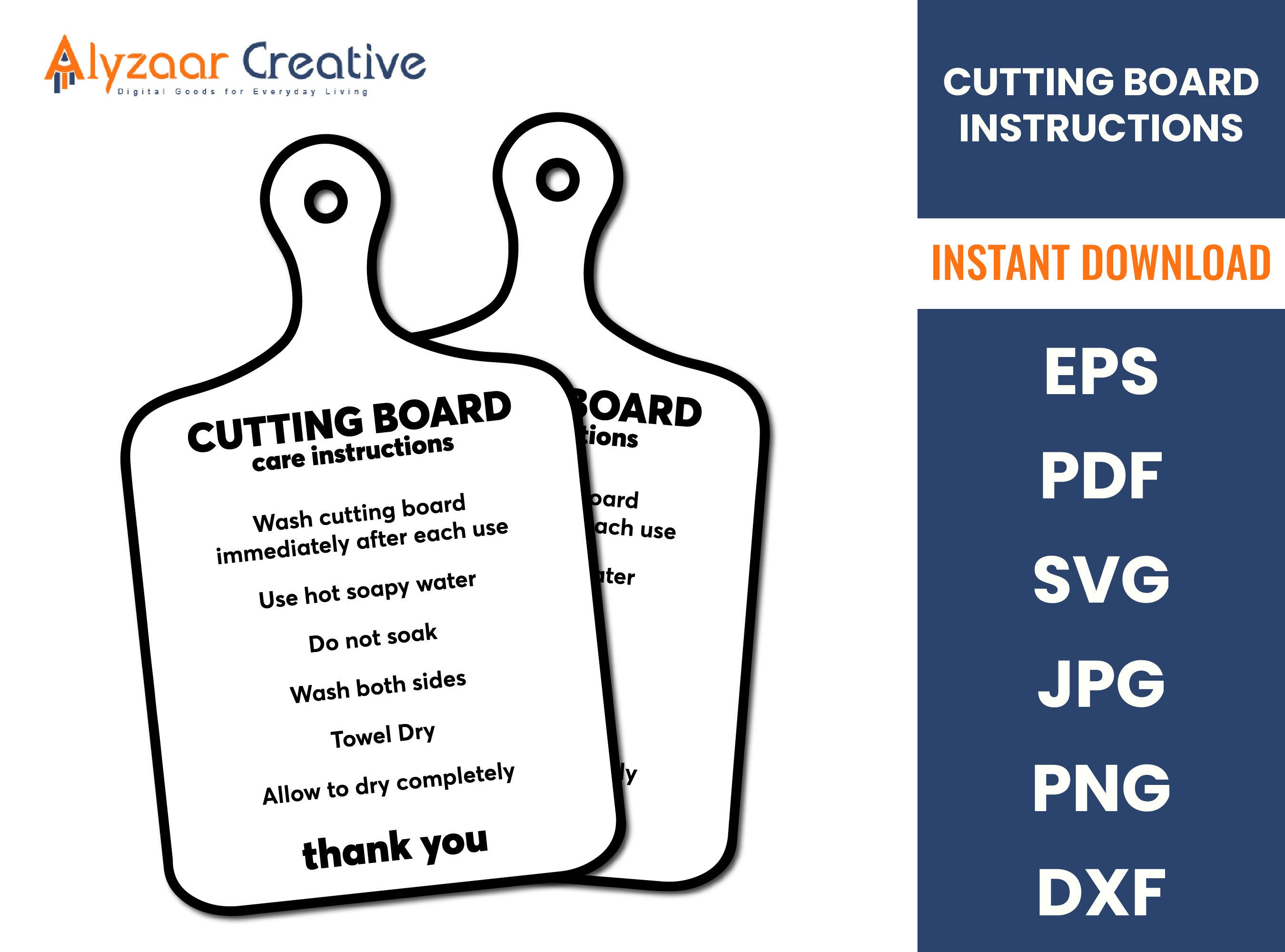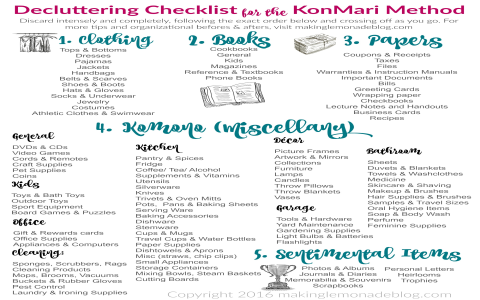Okay, so I wanted to share my little journey with cutting board care. It’s not rocket science, but doing it right makes a huge difference. I decided to create a simple PDF guide for myself, and figured I’d share the process and the result. Hopefully, it’s helpful for someone else too!
Step 1: The Why

First off, why even bother with cutting board care? I mean, it’s just wood, right? Nah. A good cutting board is an investment, and if you don’t take care of it, it’ll crack, warp, and basically become a breeding ground for bacteria. Gross. Plus, a well-maintained board is just nicer to use. So, I set out to make a care routine I could actually stick to.
Step 2: Research Time
I hit the internet, watched a bunch of YouTube videos, and read a bunch of articles on wooden cutting board care. Some of it was super complicated. I wanted something simple, practical, and effective. My goal was a routine that involved stuff I already had at home.
Step 3: The Cleaning Process (Right After Use)
- Scrape: Get the big chunks of food off. A bench scraper is great for this.
- Wash: Warm water and dish soap. I use a scrub brush to get into the knife marks.
- Rinse: Make sure all the soap is gone.
- Dry: I always dry my board immediately with a clean towel. Don’t let it air dry – that can cause warping.
Step 4: The Oiling Process (Monthly)
- Clean: Start with a clean, dry board.
- Oil: I use mineral oil. It’s food-safe and inexpensive. Pour a generous amount onto the board.
- Rub: Use a clean cloth or paper towel to rub the oil into the wood. Go with the grain.
- Wait: Let the oil soak in for a few hours, or even overnight.
- Wipe: Wipe off any excess oil. You don’t want a sticky board.
Step 5: The Waxing Process (Every Few Months)
- Clean: Clean and oil your board.
- Wax: Use board butter (beeswax and mineral oil mix). Apply a thin layer to the entire board.
- Buff: After it sits for a bit, buff the board with a clean cloth until it’s smooth and slightly shiny.
Step 6: Sanitizing (When Needed)

- Lemon and Salt: Cut a lemon in half. Sprinkle coarse salt on the board. Scrub with the lemon.
- Vinegar: Wipe the board with white vinegar.
- Hydrogen Peroxide: Lightly spray with hydrogen peroxide.
- Rinse and Dry: Rinse with water and dry thoroughly.
Step 7: Addressing Nicks and Dings
- Sanding: If your board has deep scratches, lightly sand it with fine-grit sandpaper.
- Clean: Wipe off the dust and re-oil.
Creating the PDF
Okay, so all of that info is great, but I wanted it in a handy little PDF. I just used Google Docs for this, nothing fancy.
I wrote out all the steps, added some simple formatting, and threw in a couple of bullet points. Then, I just downloaded it as a PDF. Boom! Instant cutting board care guide.
The Result
I printed out the PDF and stuck it on my fridge. Now, whenever I’m cleaning my cutting board, I have a quick reference guide. It’s made the whole process much easier and I’m actually keeping up with it!
Honestly, taking care of your cutting board is pretty simple once you get into the habit. This whole process really helped me understand what each step does, and why it’s important. Now my cutting boards are happy, and so am I!





















